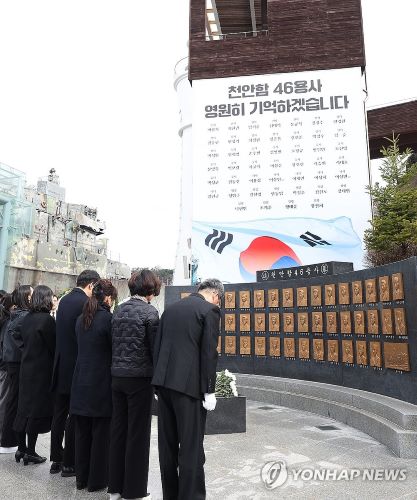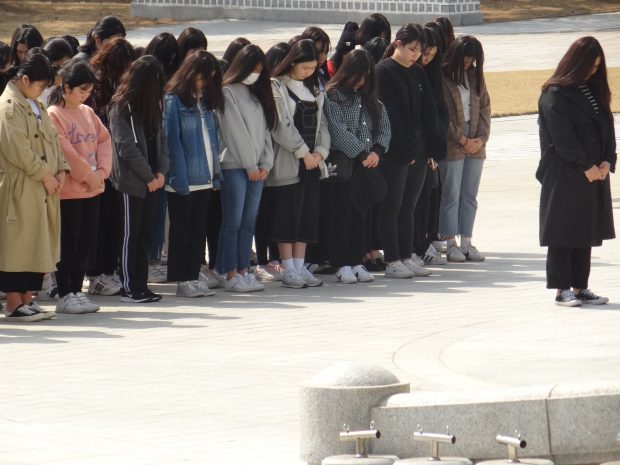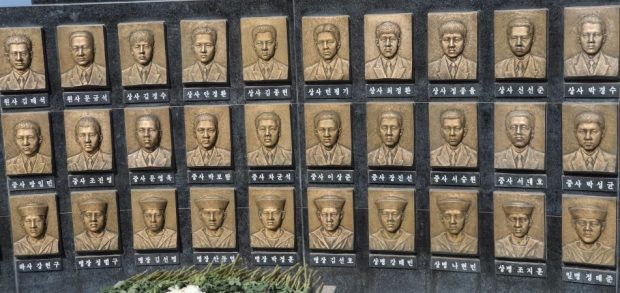
By Habib Toumi
Manama: On Thursday June 6, 2024, I will make sure that I will say a prayer for the Korean soldiers who died defending or in the service of their country.
It is always painful for anyone to lose loved ones and for a nation to lose men and women in uniform or in civilian clothes who have devoted their lives to defending their homeland and cherished the noble values of freedom and justice.
Memorial Day in South Korea, celebrated annually on June 6, is a special occasion for the nation to recall the names and celebrate the souls of such people whose sense of sacrifice and deep patriotism make them true heroes who deserve respect and homage.
The tributes will be paid to the fallen heroes of the Battle of Bongoh (June 1920) and the Battle of Qingshanli (October 1920), both fought against the Japanese Imperial Army, as well as the heroes and patriots who died for the sake of their country.
During trips to South Korea, I came close to such people. I visit the places where they are buried or celebrated…
On my first visit to South Korea in 2019, I was awed by several beautiful places, impressive monuments and breathtaking landscapes.
I enjoyed modernism at its most bewildering sophistication and I dived into history at its deepest meanings.
Yet, amid all the bewildering sophistication and brilliant modernism, one of the most poignant places I saw was the May 18 National Cemetery in Gwangju, the martyred city nestled in the Southwestern part of South Korea.
In 1980, the city was the theater of a massacre that still reverberates in the collective memory of South Koreans in general and the families of Gwangju in particular.
Gwangju was the launchpad of a democracy movement that swept across the peninsula and changed South Korea forever.

It was here that on May 18, 1980 brave people massively protested military oppression, sacrificing their lives so that their fellow citizens could live in peace and dream of a better future.
Hundreds died or disappeared in one of the major calamities to hit the country. However, their sacrifices were not wasted. Their valiant action eventually helped build modern Korea and consecrated peace and democracy as the foundations for a life in dignity for all Koreans.
The dramatic events that unfolded here in 1980 remain 44 years later vivid, deeply entrenched in the collective memory of the city and the country.
Old and young Koreans, very grateful, have regularly paid rich tributes to the heroes buried at the May 18 National Cemetery, the “holy ground for democracy” and the symbol of freedom.
Inside the manicured cemetery, the two 40-meter parallel pillars, based on a traditional Korean “flagpole” design, make up the Memorial Monument that represents the concepts of new life, survival, and seeds of hope.

In April 2024, I visited Baengnyeong Island, the northernmost South Korean Island and right at the tip of the Northern Limit Line dividing the two Koreas.
At the end of the visit that took me across the island and interact with some of its temporary and permanent inhabitants, I concluded that it was the world’s uniquely beautiful military frontline.
On the island, mesmerizing natural beauty coexisted with imposing military fortifications, the breathtaking Dumujin rocks jutting proudly in the sea with the radar stations and watchtowers on top of splendid green hills across the island.
On this island, a heartbeat away from North Korea, the countryside stubbornly refuses to allow its generous geography to crumble under the onslaught of the dramatic events that at times unfold, even though history provides a potent reminder that potential danger is lurking a few miles away.

And that reminder is best represented on the coast of Yeonhwa village where the hilltop Cheonan Memorial features the youthful faces in bronze relief of the 46 sailors killed in March 2010 when a torpedo caused the 1,200-tonne Cheonan corvette to split in half and plunge some 45 metres to the bottom of the sea bed sink. The lethal attack occurred as the Cheonan was sailing 2.5 kilometers off the Baengnyeong’s coast.
The memorial, overlooking the site where they were killed, displays bronze relief of the Cheonan youthful 46 sailors, pictures of the corvette and graphic information about how and where it was hit. On Memorial Day, Koreans on the island and across the country will continue a tradition started in 1956.
At 10 a.m., sirens will be sounded all over the country, and people will offer silent prayers for one minute and will pay tribute to all their fallen heroes who valiantly lost their lives for their nation.
They will recognize the sacrifice and the selflessness their heroes have made for the sake of their country.




